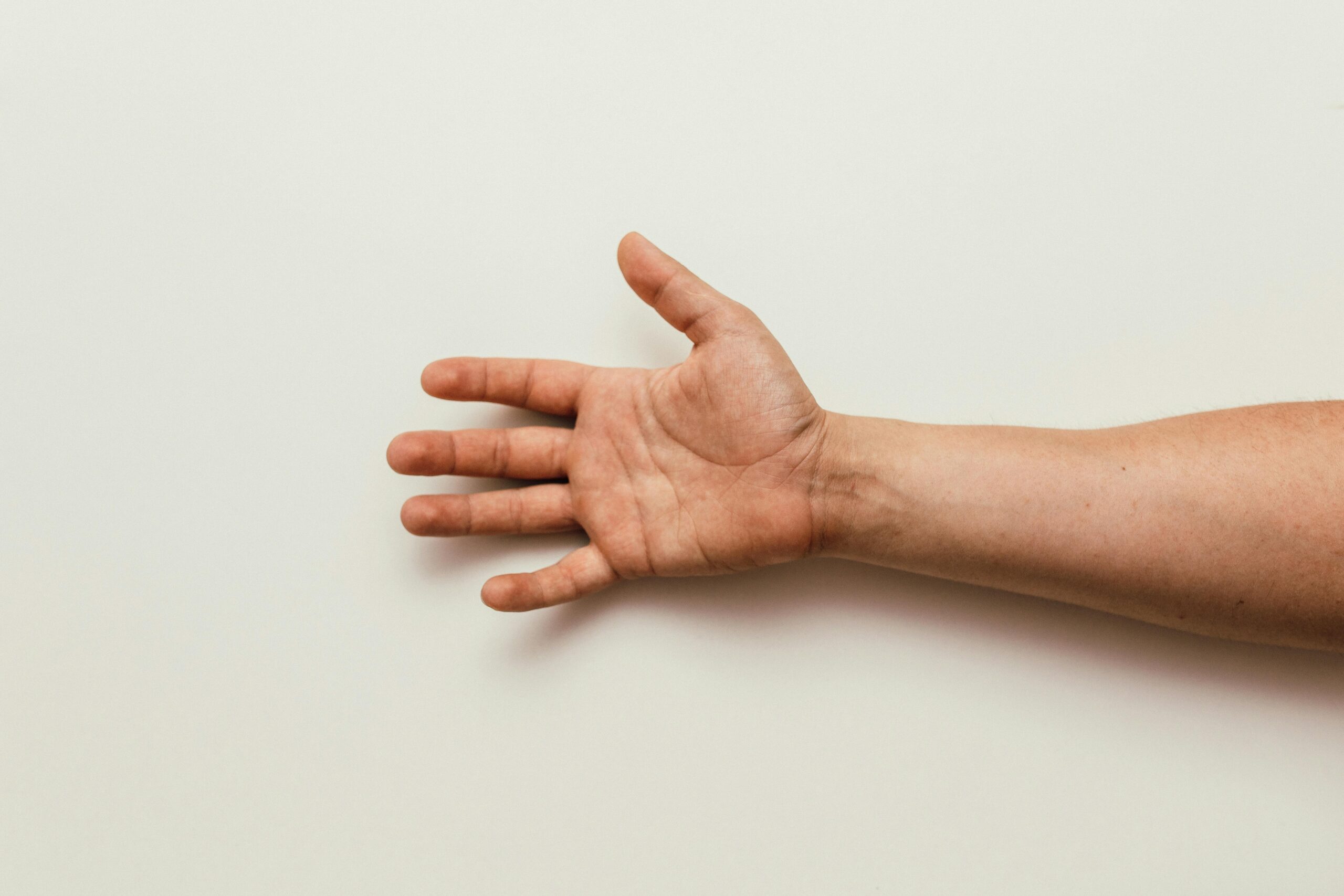Can Physical Therapy Help Reduce Arthritis Pain?

You can manage or even prevent arthritic pain with physical therapy under the supervision of a licensed physiotherapist. It is crucial to stay physically active but at an optimum level. This reduces joint pain associated with the condition. And the best way to engage the affected joints is through physiotherapy. But, how exactly does it work? How promising is the treatment for arthritis? Let’s see.
How Does Physiotherapy Treat Arthritis?
The trained physiotherapist conducts specific tests to diagnose the condition. Once the diagnosis is confirmed, they prepare an exercise treatment plan to improve your movement and ease the symptoms. Consistent sessions may even help completely avoid or delay surgeries.
Physical therapy is an integral part of the arthritis treatment plan. Other techniques include massage therapy, supplements or topical medicine.
The physical therapist detects your muscle imbalances, posture problems and issues in body mechanics. These factors contribute to the symptoms largely. Thus, they focus on fixing them with exercises and bring you relief.
They create a stretching and exercise plan to improve your range of motion, ease pain and fix mobility issues. Physiotherapy is evidence-based. Hence, the treatment regime may change on the basis of your response and progress.
Arthritis weakens your joints, especially the smaller joints like toes and fingers. Physiotherapy, on the contrary, strengthens them and prevents the condition from spreading further.
What are the Benefits of Physical Therapy?
According to a study conducted in 2019, physical therapy and exercises significantly reduced rheumatoid arthritis symptoms in eight systematic reviews. It has also been found that physical therapy is more effective in the treatment of osteoarthritis if combined with other treatments.
Here are the typical benefits of physical therapy:
Strengthens muscles
The exercises strengthen your damaged muscles and joints. They help you move pain-free and lead a normal lifestyle. Not all exercises work out for arthritic patients. So, it is important that a trained therapist guides you through the right ones.
Eases pain
The physical therapist guides you through the exercises to relieve pain and discomfort. Once you get familiar with the stretches, they prescribe some home exercises as well. They may also recommend specific lifestyle changes to prevent the condition from spreading.
Helps create a safe ergonomic workspace
It is difficult to work on computers or laptops when you have arthritis. The physiotherapist, hence, teaches you how to create an ergonomic workspace that can bring you relief from a sedentary lifestyle.
All in all, you get an opportunity to live a healthy life without completely relying on pain meds or surgeries. Physiotherapy is safe and economically sound for arthritis treatment.
How Many Sessions Do You Need?
It depends on the severity of your symptoms. The physiotherapist creates a treatment plan based on your physical examination results. They may extend the sessions or perhaps cut them short depending on how you progress every day.
Besides the sessions, you should try to walk at least 150 minutes every week. Physiotherapists often recommend home exercises twice a week to boost your recovery process.
Blog Categories
- Acupuncture Treatment (10)
- Ankle Sprain (1)
- Arthritis Treatment (1)
- Back Pain (23)
- Chiropractic Care (38)
- Tennis Elbow (1)
- Chronic Pain (5)
- COVID-19 (1)
- Custom Orthotics (6)
- Dizziness (4)
- Exercises (13)
- Foot Orthotics (6)
- Hamstring Stretches (2)
- Info Articles (3)
- Kids Injury (1)
- Laser Therapy (4)
- Massage Therapy (21)
- Neck Pain (16)
- Orthopedic (1)
- Osteoarthritis (5)
- Osteopathy (3)
- Pain Management (18)
- Physiotherapy Benefits (44)
- Physiotherapy Clinic (6)
- Physiotherapy Exercises (12)
- Physiotherapy Tips (25)
- Physiotherapy Treatment (100)
- Rotator Cuff (2)
- Shin Splints (1)
- Shoulder (2)
- Spine (4)
- Sports Physiotherapy (2)
- Uncategorized (1)
- Vestibular Physiotherapy (2)
- Work From Home (2)


